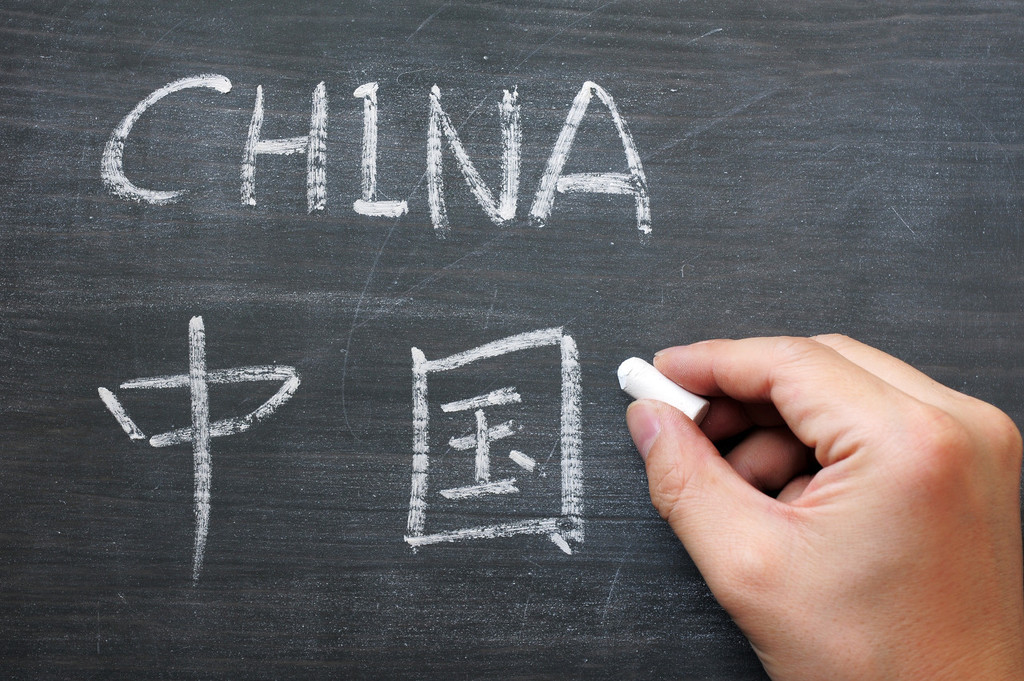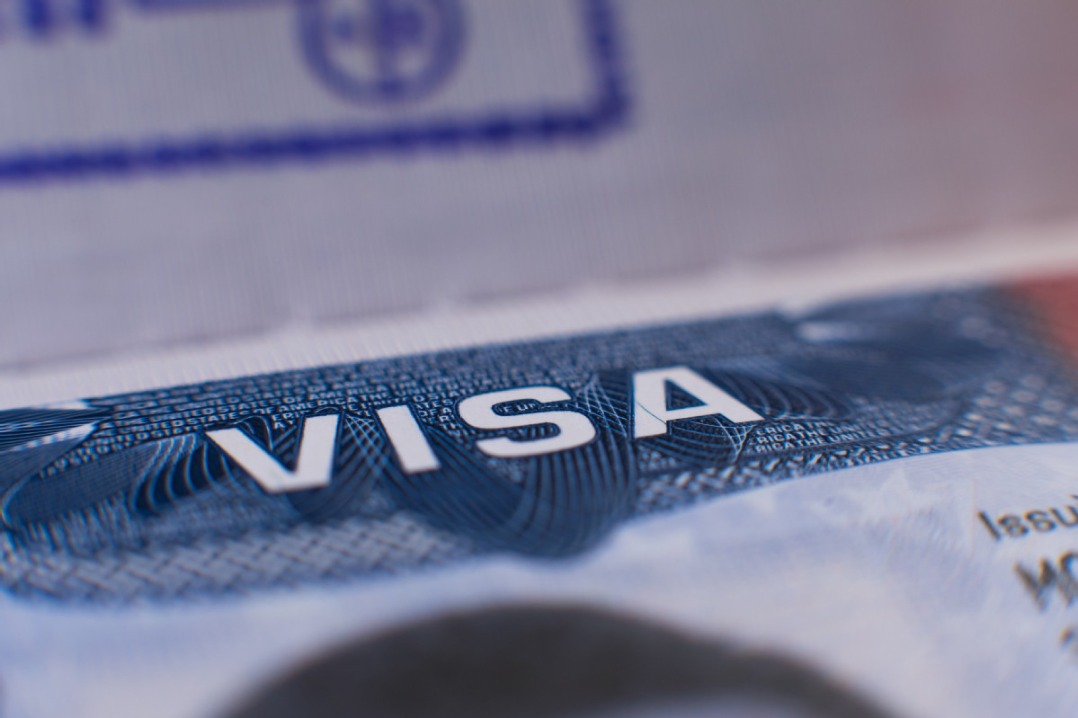Cultural expression represents guiding force for China


Until recently, ideas associated with Euro-American culture were globally pervasive. That pervasiveness wasn't simply a result of the ideas themselves, but crucially their attachment to a faith in modernizing socioeconomic progress conjoined with the global reach of Euro-American colonialism-imperialism.
From a modernizing Euro-American standpoint established at the beginning of the 19th century, culture was no longer to be considered a mere adjunct to ritual used to shore up the vested interests of aristocratic and religious authority. Instead, it came to be seen as a crucial means of liberating the consciousness of individuals and, by extension, wider society, from the repressive ideologies of tradition.
Projected through colonialism and imperialism, such thinking also supported the idea that modernity was both practically and ethically the outcome of a supposedly superior Euro-American civilization duty-bound to overwrite what it viewed as the backward-facing cultural values of non-European or non-American societies.
While it is impossible to identify a precise moment at which the change took place, it has become clear that the attachment of Euro-American cultural thinking to modernizing progress no longer holds sway.
The first indications of that shift were manifested by a postmodernist deconstruction of the self-righteous absolutism of Euro-American modernism and colonialism-imperialism that took place globally during the last quarter of the 20th century.
Since the early 21st century, postmodernism has itself been overwritten by a conspicuous plurality of contesting socioeconomic and cultural outlooks brought together under the title of "contemporaneity". All of this intersects with a more general tilting of the axis of socioeconomic and cultural power from North to South and West to East in relation to post-Cold War globalization.
Contributing to the condition of contemporaneity is China's renewed confidence in its own sense of cultural identity. The idea of a civilization-specific Chinese cultural identity, given definition in large measure by the combining of Confucian ideals of social order with the harmonizing outlook of Taoism and the pursuit of enlightenment by Chan Buddhism, is historically long-standing.
That identity has been upheld and adapted historically in varying forms across what we now refer to as East and Southeast Asia. Moreover, it is important to acknowledge the impact that translations of China's sociocultural outlook had on the early and continuing development of Euro-American postmodernism.
During the 17th and 18th centuries, intellectuals in Europe such as Gottfried Wilhelm Leibniz and Voltaire sought to adapt aspects of what they saw as an enlightened Chinese society to progressive social and governmental reform.
Pernicious Euro-American attitudes toward China arose during the 19th century, partly as a result of the increasing self-righteousness of Western modernism and a recognition of the corruption and despotism that had become ingrained as part of a feudal Chinese state prior to the overthrow of dynastic rule in 1911.
At the same time, Chinese confidence in its cultural identity began to falter in the face of the projection of Euro-American military, technological and socioeconomic power.
Although China continued to assert the value of its cultural identity, it cannot be denied that during much of the 19th and 20th centuries, Euro-American cultural thinking and practice was in the global ascendancy as something to be embraced and/or resisted both from within and outside.
Euro-American culture no longer enjoys a monopolizing association with ideas of social progress. This is evident not least in relation to the increasingly confident upholding since the 1990s of neo-Confucian values as part of China's continuing program of reform and opening-up, the projection of those values globally through Chinese soft power and President Xi Jinping's recent call for cultural workers to get squarely behind China's particular brand of socialist socioeconomic advancement "with Chinese characteristics".
What falls inevitably to China with growing international power is a responsibility for considered reflection on its part in present-day cultural as well as socioeconomic change.
The idea of a straightforward substitution of Euro-American imperial culture seems unlikely, given the residual power of the West on the world stage. Nor is such a substitution desirable, given the lessons learned from the disasters of Euro-American colonialism and imperialism.
Embedded as part of Chinese cultural identity is an abiding capacity to guide tangentially against the excesses of overweening imperial authority. Cultural expression in the form of Confucian literati painting and calligraphy traditionally played such a role within China. That capacity now has its renewed time in the sun.
The author is Judith Neilson, professor of contemporary art at the University of New South Wales. The views do not necessarily reflect those of China Daily.

































